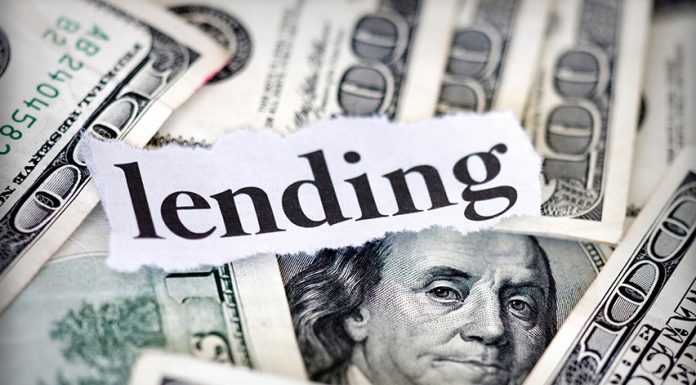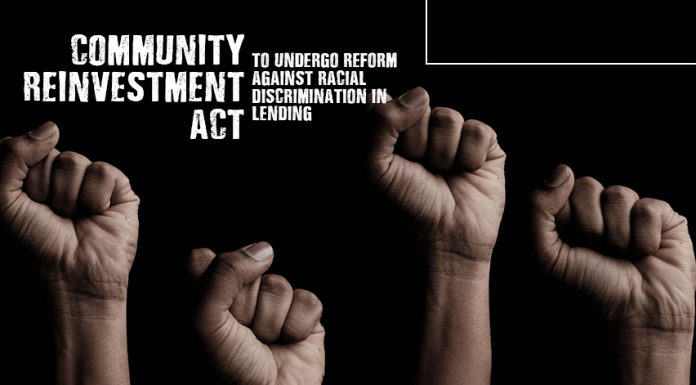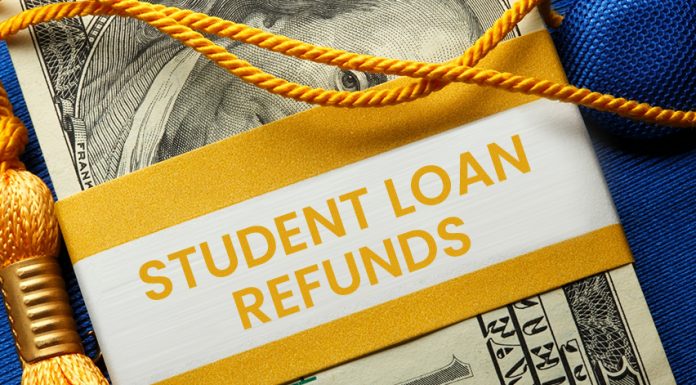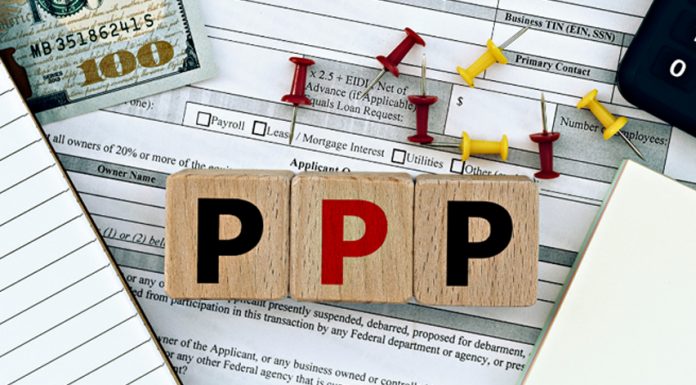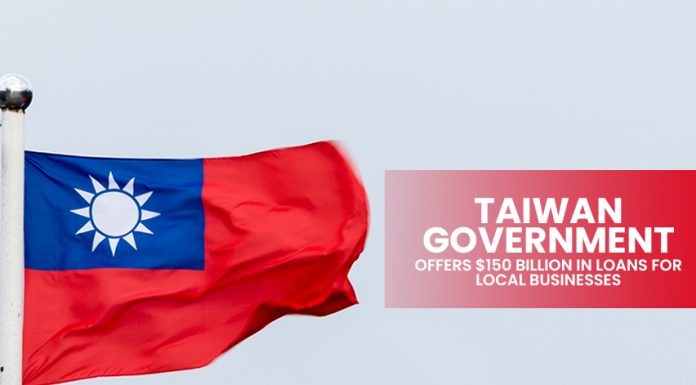Struggling Chinese peer-to-peer (P2P) lenders see hope for recovering with a revamped model.
Industry players are looking to adopt a model like the one used by US P2P lenders wherein platforms seek funds from banks and institutional money managers to small borrowers, instead of individual savers. This new scheme would enable China to keep issuing credit to small companies while limiting the exposure to investors who are open to the risk.
A co-founder of US online lending company LendingClub Corp, Soul Htite expects China to follow what the U.S. did to keep its P2P lenders running. Htite is now heading Dianrong, a Chinese P2P platform financed by Tiger Global Management.
Policymakers in Beijing still maintain their silence regarding their long-term plans for the fledgling industry. They are still attempting to strike a balance between controlling financial risk and exploring new avenues to fund the country’s small businesses, including online lenders. Even the National Internet Finance Association of China, the body established by the country’s financial regulators to oversee the P2P sector, did not comment on the matter.
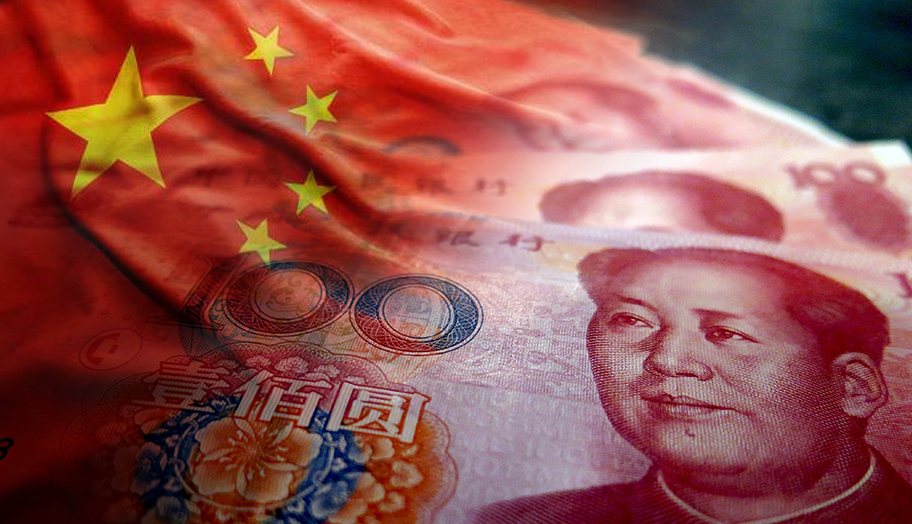 Earlier, Chinese officials adopted stricter licensing requirements to the country’s P2P industry. The number of P2P platforms dwindled dramatically in 2018 amid tightening ordinance to stop fraudulent activities as well as weakening investor sentiment brought about by massive defaults.
Earlier, Chinese officials adopted stricter licensing requirements to the country’s P2P industry. The number of P2P platforms dwindled dramatically in 2018 amid tightening ordinance to stop fraudulent activities as well as weakening investor sentiment brought about by massive defaults.
From a total of 2,163 P2P lenders in the first quarter of 2018, only 1,027 remained the first quarter of this year, according to data by 01caijing.com a leading information website about China’s Fintech industry.
For the remaining lending platforms, the country is set to start a trial registration process in key cities during the second half of 2019, according to the state-run newspaper Economic Information Daily.
Many experts, including Katie Chen, a Financial Institutions Group director at Fitch Ratings, agreed that China’s P2P industry will continue to shrink following the tighter regulation.

